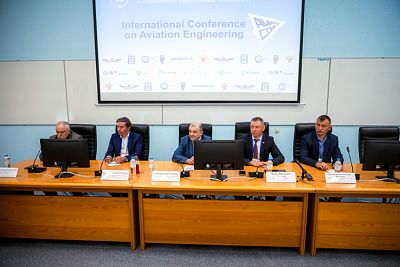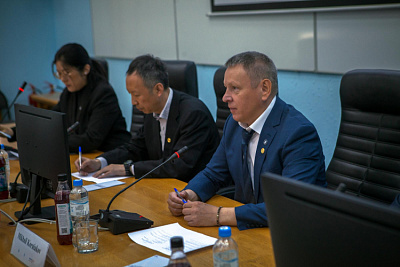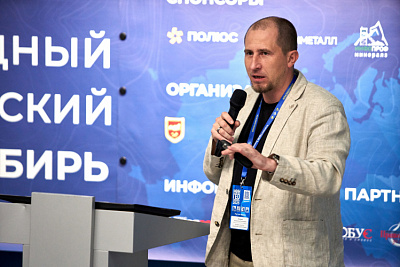INRTU and ISTP SB RAS Study Liquid Lithium Mineral, Brines of Siberian Platform
The School of Subsurface Resource Management researchers of INRTU together with colleagues from the Institute of Solar-Terrestrial Physics of the Siberian Branch of the Russian Academy of Sciences (ISTP SB RAS) intend to conduct fundamental research of liquid lithium mineral, the brines of East Siberia. The project is carried out within the framework of the state task.
The relevance of the research is based on the fact that in the south of Siberian Platform the brines are accompanying deposits of oil and gas as well as solid minerals. Liquid systems with high salinity (brines) contain valuable components such as lithium which serves as the basis for energy storage elements.
Elena Zelinskaya, Professor of the Department of Mineral Processing and Environmental Protection named after S.B. Leonov, first began work on the study of industrial brines in 1992. She notes that these natural systems are unique in their genesis, composition and properties. The high concentration of the components valuable for industry causes an increased interest in brines as a source of raw materials.

“The operation of wells under pressure and high temperature can lead to undesirable consequences, including their salinization. In fact, this makes the work of geologists and drillers difficult. This topic is within the scope of scientific interests of Andrey Vakhromeev, Professor of the Department of Oil and Gas Engineering, who also participates in the project.
We already have had experience in the field of geochemistry and brine enrichment; a lot of techniques have been tested at the sites of the Siberian platform. Right now we are focused on exploring new liquid systems and identifying patterns of their functioning and lines of behavior. We will conduct a comparative analysis and determine how the change of initial brine parameters would affect the quality of lithium ore and the efficiency of metal extraction,” said Elena Zelinskaya.
The state task provides for the study of brines, modeling of one- and multi-component solutions using physicochemical and mathematical data processing methods. These are the steps necessary to identify patterns inherent in pure media and brines containing calcium, sodium, chlorine, magnesium and sulfate. Expanding the scope of the project, Elena Zelinskaya will also focus on the environmental aspects of the extraction of microcomponents from underground liquid phases.
“Natural systems require comprehensive consideration. That is why we will record the changes occurring on the surface of the Earth when liquid lithium brines leave the underground hydrosphere,” emphasized Elena Zelinskaya.



